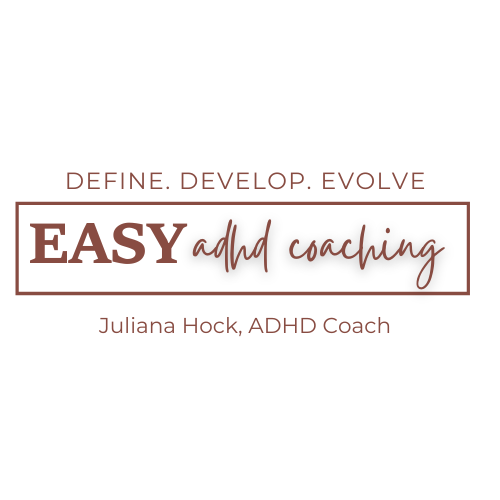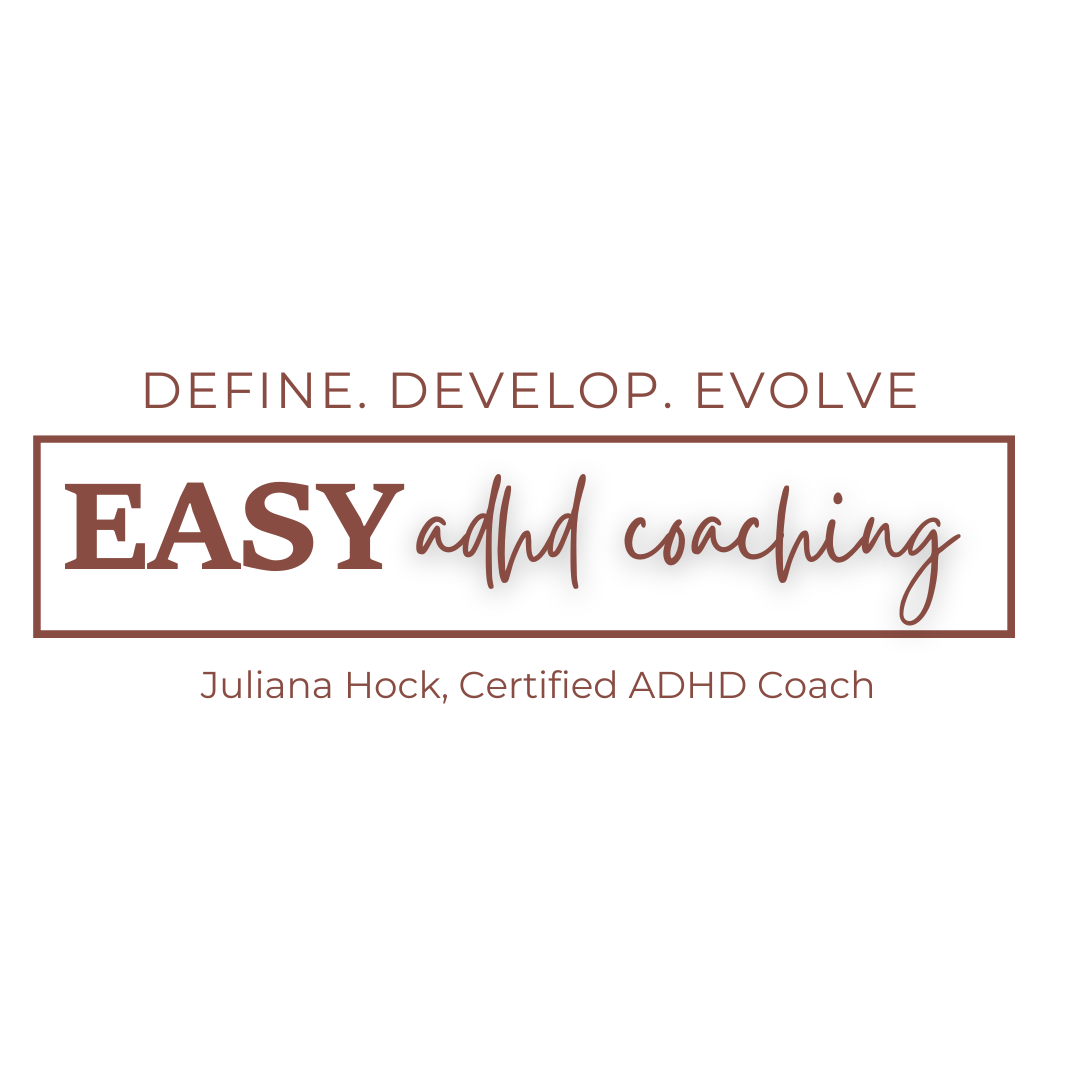Reward Deficiency Syndrome: Why Motivation Feels Out of Reach (and How to Get It Back)
For many adults with ADHD, motivation often feels unreliable. Tasks can seem overwhelming, boring, or just not worth the effort—even when the stakes are high. This isn’t about laziness or a lack of willpower. It’s rooted in brain chemistry. Understanding Reward Deficiency Syndrome (RDS) and dopamine dysfunction can offer clarity, compassion, and new tools to reclaim motivation.
What Is Reward Deficiency Syndrome?
Reward Deficiency Syndrome (RDS) is a neurological condition where the brain’s reward system doesn’t activate as easily or as strongly as it should. This means that typical levels of dopamine—the neurotransmitter responsible for motivation, focus, and the feeling of satisfaction—don’t bring the same sense of “reward” to someone with RDS as they might for others.
For people with ADHD, this dopamine deficit plays a central role. Everyday tasks like paying bills, sending emails, or doing dishes don’t produce the same motivating dopamine surge. That’s why they feel harder to start or stick with. On the flip side, stimulating or novel tasks (even risky ones) tend to spark more dopamine—and therefore more interest and motivation.
Why Motivation is Inconsistent with ADHD
Motivation in ADHD isn’t about laziness—it’s about inconsistency. This inconsistency is confusing for both the person with ADHD and those around them. How can someone hyperfocus on a project one day and struggle to get out of bed the next?
This variability is the ADHD paradox, and it’s tied directly to the reward system:
Low-stimulation tasks (boring, repetitive, or detail-oriented work) don’t activate enough dopamine.
High-stimulation tasks (urgent, novel, or deeply interesting work) do activate dopamine—and motivation shows up.
This leads to patterns of interest-based attention rather than importance-based attention. You might deeply care about a task, but without dopamine, your brain won’t engage.
Dopamine Dysfunction at the Core
Research shows that ADHD brains have fewer dopamine receptors and transporters, especially in areas responsible for reward, focus, and self-regulation. This explains the frustrating experience of wanting to do something but being unable to start. It also explains why some people with ADHD seek out dopamine through other means—risk-taking, binge-watching, overeating, or substance use—just to feel balanced.
This isn’t about poor choices. It’s about the brain seeking homeostasis.
Delay Aversion and the “Stuck” Feeling
A related concept, delay aversion, helps explain why people with ADHD procrastinate or avoid tasks. If the payoff is too far away, the brain simply doesn’t register it as valuable. The task feels flat, pointless—even threatening.
So instead of making steady progress, the ADHD brain may freeze or seek short-term relief. This can lead to guilt, anxiety, or burnout—the classic ADHD “tornado.”
Impulsivity Isn’t Always a Weakness
Impulsivity—another core trait of ADHD—isn’t just a challenge. It can be a strength when reframed and
managed:
It enables quick thinking in fast-moving situations
Encourages authentic, spontaneous expression
Fuels creative problem-solving and adaptability
Can lead to bold decisions when others hesitate
The key is building enough structure and self-awareness to channel impulsivity into productive action, rather than scattered distractions.
The Power of Neuroplasticity
Here’s the good news: neuroplasticity means the brain can change and adapt, even in adulthood. This is especially important for people with ADHD. Practices that consistently support dopamine regulation and self-regulation can strengthen the brain’s pathways for motivation and executive function over time.
Examples:
Mindfulness and meditation help regulate emotional responses
CBT (Cognitive Behavioral Therapy) can reframe limiting thought patterns
Movement-based routines (even 10 minutes of walking or stretching) boost dopamine and improve focus
Sleep, nutrition, and hydration all play a role in improving brain chemistry
These habits won’t eliminate ADHD, but they absolutely can reshape how the brain functions day to day.
Tools That Support the ADHD Reward System
Because internal motivation is unreliable with ADHD, external structures and dopamine-friendly habits are essential:
1. Move Your Body
Physical movement—even brief—boosts dopamine. Try a walk before sitting down to work, dance while cleaning, or stretch between tasks.
2. Design Your Environment
Change where you work. Add background music, use visual cues, or create a tidy, stimulating space that cues your brain to focus.
3. Use External Rewards
Pair tasks with enjoyable rewards: a favorite snack after finishing a report, or screen time after sending an email. This mimics a dopamine reward loop.
4. Work in Sprints
Use short timed intervals (like the Pomodoro Technique) to get started. Break big tasks into tiny steps. Start with “just five minutes” and build momentum.
5. Build in Accountability
Whether it’s a text check-in, coworking session, or public deadline, involving someone else often helps override internal blocks.
6. Lean Into Strengths
ADHD brains thrive on novelty, creativity, and change. When possible, work in environments that honor those traits instead of trying to force a square peg into a round hole.
Final Thoughts: Compassion Over Criticism
Living with ADHD means learning to work with your brain, not against it. It means understanding that inconsistent motivation isn’t a character flaw—it’s a neurological reality. The more we learn about RDS, dopamine, and neurodivergence, the clearer it becomes that traditional approaches to productivity just don’t fit for everyone.
By using practical tools, external supports, and dopamine-friendly strategies, it’s possible to build systems that actually work for the ADHD brain. And most importantly: motivation doesn’t start with shame or force. It starts with self-compassion, awareness, and smart strategy.

